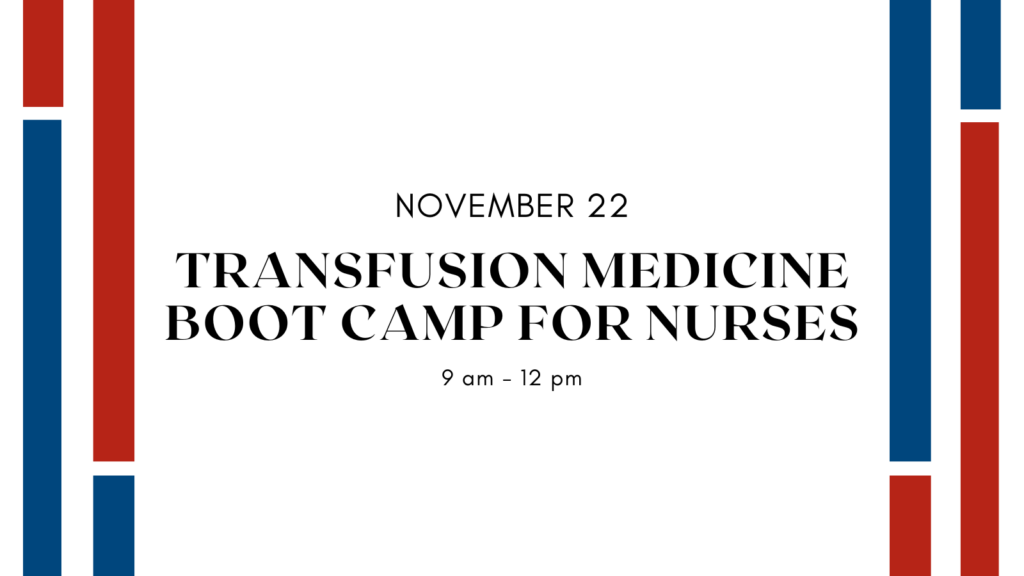International survey on current home transfusion practices
Wen Lu, MD1, Katie Hands, MD2,Andrew Shih MD, FRCPC, DRCPSC, HRM MSc3-5,Simon Stanworth MA, FRCP (Paeds, UK), PhD, FRCPath6-8
- Center for Regenerative Biotherapeutics, Division of Transfusion Medicine, Department of Laboratory Medicine and Pathology
- Scottish National Blood Transfusion Service
- University of British Columbia
- Transfusion Medicine, Vancouver Coastal Health Authority
- British Columbia Provincial Blood Coordinating Office
- National Health Service Blood & Transplant
- Oxford University Hospitals NHS Trust
- University of Oxford
Take home message: We are conducting an international survey on home transfusion programs to determine how many exist and how they function; to help the BEST Collaborative develop practical frameworks for those that wish to develop such programs.
Medical care, including transfusion, predominantly occurs in the inpatient and ambulatory healthcare settings. Hospital at home programs have been shown to have better outcomes with regard to improved quality of life, decreased readmission, and reduced mortality. While such programs typically have not included transfusion support, home transfusion programs have been implemented sporadically around the world.
Due to the COVID-19 pandemic, there has been renewed interest and demand for home transfusion which has led to further implementation of home transfusion programs. Therefore, there is a need to understand the current extent to which home transfusion has become available in different countries. Additionally, there is an opportunity to understand how experienced sites have made home transfusion feasible and safe for patients and potentially share what has been learned.
The Biomedical Excellence for Safer Transfusion (BEST) Collaborative is working on three projects with the overarching aim to characterize the demand for and practice of home transfusion. This international survey is part of this triad of home transfusion projects. The goals of this survey project are as follows:
- Determine how “common” the practice of home transfusion is internationally in terms of a) proportion of transfusion services and b) proportion of countries surveyed that provide transfusion at home.
- Identify the policies, processes, and workflows used by home transfusion programs to minimize the potential risks to patients receiving transfusions at home.
- Collect data to help develop a practical framework for sites wanting to establish new home transfusion programs in the form of a BEST home transfusion guidance.
Hospitals and healthcare institutions around the world will be invited to participate in this survey through international and national transfusion medicine organizations and associations. One of the organizations that the study team has had the honor of collaborating with is the Canadian Society for Transfusion Medicine (CSTM). CSTM has helped make the survey available in French in addition to English and will be distributing the survey when it becomes available at the end of 2023.
We look forward to your participation. If you have any comments or questions about the home transfusion survey study, please contact Wen Lu (wen.lu.md@gmail.com).
Newsboard
Save the Date
2023 TM Boot Camp for Nurses
Upcoming Events
Register
U of T Rounds


